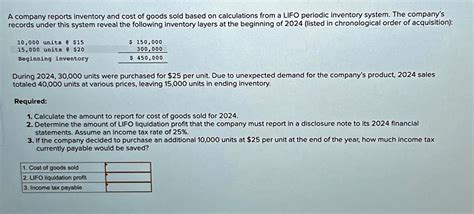Navigation on the complex world of cryptocurrency trading: Understanding liquidation, layers 2 and pricing action
The world of cryptocurrencies trading has developed significantly in recent years, and new technologies and trends are constantly appearing. As a merchant, it is crucial to understand the basic mechanisms and strategies ruled by this complex landscape. In this article we will spend in three key concepts: liquidation, layer 2 and prices action – all of them play a critical role in the design of the market.
1. Liquidation
Liquidation is a key aspect of cryptocurrency trading, especially for those who have new in space or have recently experienced significant losses. When a dealer sells security with loss, he may be forced to “liquidate” his position by selling fundamental assets at the current price. This can happen when:
- Stores go against them (eg they are sold at a lower price from its input point)
- Enter the market with great volatility or influence
Liquidation can be an expensive mistake, as merchants can eventually lose more than they initially entered the store. To alleviate this risk, it is crucial that traders understand market dynamics and liquidity.
How liquidation effects of the price
When traders experience liquidation due to unfavorable market conditions or their own mistakes, the price of prices can be unpredictable. However, some key points to consider:
* Market congestion : When prices are stuck in a narrow range, it may indicate that there is a high level of liquidity, which makes it more challenging for liquidations.
* Price Movements : Traders should keep an eye on pricing changes as they can detect the strength or weakness of their position. If prices are still moving against them, it could indicate a bigger problem with market liquidity.
* risk management : Liquidity plays a vital role in maintaining a healthy stop level and managing risk exposure.
2. Layer 2 (l2) scaling
Layer 2 scaling refers to the second layer of decentralized finance (Dead) network, which provide additional functionality and services outside the traditional blockchain platform. L2S like optimism, arbitra and salt bids:
* Faster transaction time : reduced gas fees allow for faster transactions, making them more attractive high -liquidity merchants.
* Improved scalability : layer 2 solutions can handle a larger volume transactions per second, which makes them suitable for trading larger exchange.
When using L2S in your cryptocurrency trading strategy, keep in mind the following points:
* Complexity of integration : traders should ensure that they understand how to integrate their existing wallets and platforms with a selected L2 solution.
* Investment requirements : Some request for a layer 2 or other forms of management, which can affect the level of liquidity or market dynamics.
3. Price action
Action prices for dynamic prices in real time, influenced by different factors such as:
* The feeling of the feeling : trade psychology and expectations play a significant role in shaping the price movement.
* Economic indicators : economic news, interest rates and inflation rates can affect the values of currency and market trends.
When analyzing the price, traders should focus on the following key aspects:
* Trend Identification : Traders should try to establish a clear trend direction or rever signals using different technical indicators.
* volatility : Volatility of price is an essential component of trading; Understanding his behavior will help the merchants make an informed decision.
* Terms for overburning/resale

: traders must recognize when prices are satisfied (indicating potential turns) or overrun (suggest potential sets).